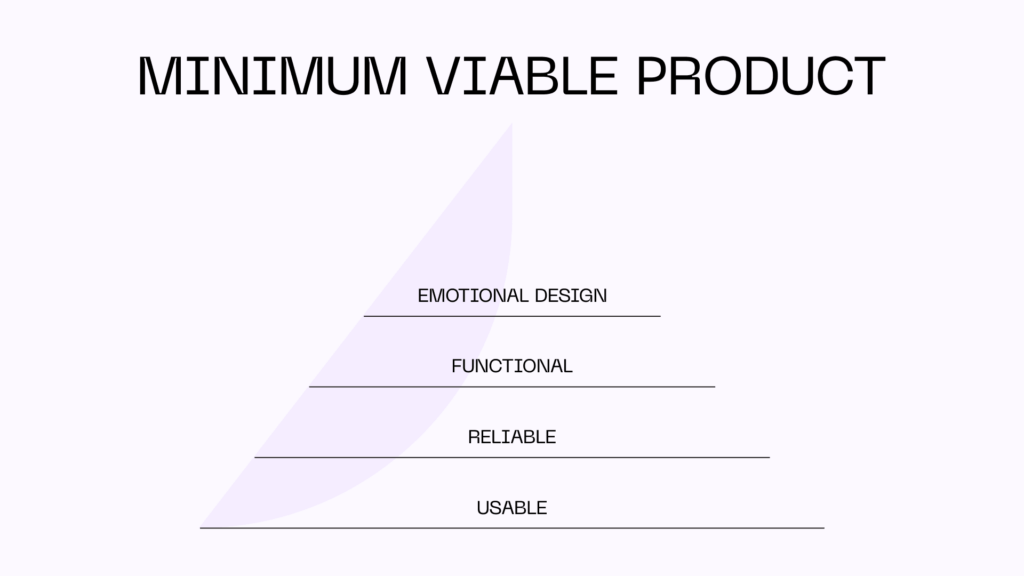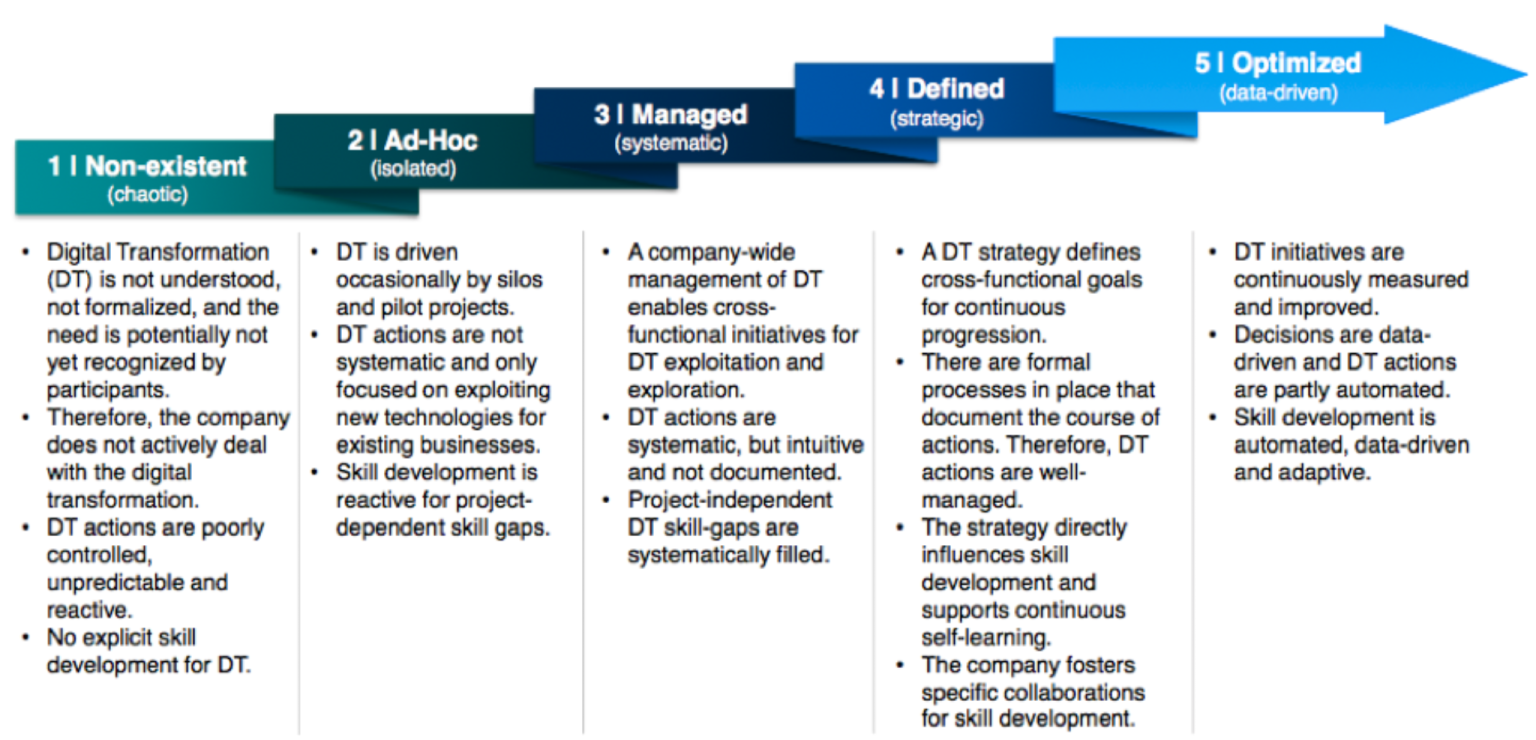In today’s competitive market, a strong brand identity is paramount. As a Digital Strategy Expert and Principal Systems Architect, I’ve observed that integrating brand values into the development of a Minimum Viable Product (MVP) not only ensures consistency but also fosters trust and recognition among early adopters. This article delves into strategies to build an MVP that elevates your brand above all.
Understanding the MVP in the Context of Branding
An MVP is a simplified version of a product that addresses core user needs, allowing for market validation with minimal resources. While functionality is crucial, embedding your brand’s essence into the MVP is equally important. This approach ensures that early users experience your brand’s unique value proposition from the outset.
Steps to Develop a Brand-Centric MVP
1. Define Your Minimum Viable Brand (MVB)
Before diving into product development, establish your Minimum Viable Brand. This concept focuses on identifying the essential elements of your brand that must be conveyed, even in the earliest product iterations. By doing so, you create a foundation that ensures all subsequent developments align with your brand identity.
Key Components of an MVB:
- Core Values: Clearly articulate the principles that guide your brand.
- Brand Voice and Tone: Determine how your brand communicates with its audience.
- Visual Identity: Develop basic visual elements like logos, color schemes, and typography that reflect your brand’s personality.
2. Prioritize Brand-Aligned Features
While it’s tempting to pack numerous features into your MVP, focus on those that showcase your brand’s strengths and values. This selective approach not only streamlines development but also reinforces your brand’s identity.
Action Steps:
- Feature Audit: List potential features and assess their alignment with your brand values.
- User Feedback: Engage with your target audience to understand which features resonate with them and reflect your brand’s promise.
3. Maintain Visual and Functional Consistency
Consistency in design and functionality fosters familiarity and trust. Ensure that your MVP’s user interface and experience are cohesive and reflective of your brand identity.
Considerations:
- Design Guidelines: Develop a style guide that outlines visual elements and ensures uniformity across the product.
- User Experience (UX): Design intuitive interfaces that provide a seamless experience, embodying your brand’s commitment to quality.
4. Implement Agile Development with Brand Focus
Adopt agile methodologies to allow for iterative development, enabling continuous refinement of both product features and brand elements based on user feedback. This flexibility ensures that your MVP evolves in alignment with your brand and user expectations.
Steps:
- Sprint Planning: Incorporate brand-related tasks into your development sprints.
- Regular Reviews: Assess both functionality and brand consistency during review sessions.
5. Engage in Continuous User Feedback
Early user feedback is invaluable. It provides insights into how your brand is perceived and how well your MVP communicates your brand values.
Methods:
- Surveys and Interviews: Gather qualitative data on user experiences and perceptions.
- Analytics Tools: Monitor user interactions to identify areas where the product aligns or diverges from your brand promise.
Conclusion
Building an MVP that leverages your brand above all requires a deliberate and strategic approach. By defining a Minimum Viable Brand, prioritizing brand-aligned features, maintaining consistency, adopting agile development, and engaging with users, you lay a robust foundation for a product that embodies your brand’s essence. This synergy between product and brand not only differentiates you in the market but also cultivates a loyal user base that resonates with your brand’s values.
Share this:
- Click to share on Facebook (Opens in new window) Facebook
- Click to share on X (Opens in new window) X
- Click to share on LinkedIn (Opens in new window) LinkedIn
- Click to share on Reddit (Opens in new window) Reddit
- Click to share on Pinterest (Opens in new window) Pinterest
- Click to share on Pocket (Opens in new window) Pocket
- Click to share on WhatsApp (Opens in new window) WhatsApp
- Click to email a link to a friend (Opens in new window) Email



